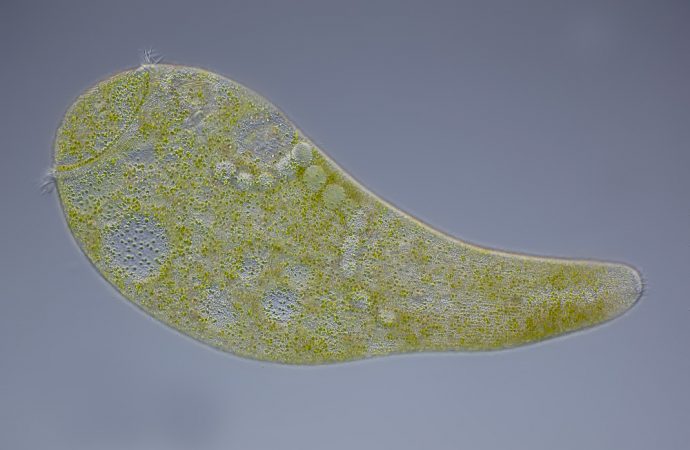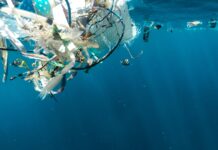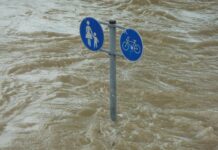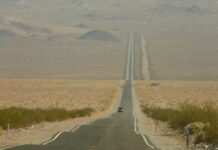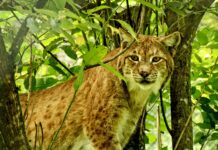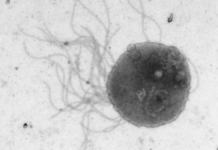Organisms do all these things (and everything else) apparently by their own volition: they show autonomous agency and in doing so, seem to break the (scientifically accepted) rule of physical determinism. Plants contort to follow light, bacteria swim towards their food, cells collaborate to form multicellular organisms and animals appear to choose their actions from a repertoire of internally generated behaviours. When you throw a stone in the air, its trajectory can be precisely predicted, but do that with a living bird and the rest is really up to the bird. The more one thinks about this phenomenon, the more weird it seems to get, because everything that happens does so directly as a consequence of physical forces, all of which can be traced through continuous chains of cause and effect back to origins in the non-living universe. The phenomenon of autonomous agency locates the origin of actions within the organism and gives it responsibility: that is a direct challenge to conventional physics.
Free-will
A solution to this conundrum has now been offered in two linked papers [1, 2] and it sheds new light on ancient questions of free-will and what life actually is. The key lies in information theory. At its core life is a special arrangement of material flows (molecular interactions) and that special arrangement (of matter in space and time) actually is information that has been embodied by the organism and, reciprocally, it is the organism. This embodiment of information will be a familiar idea for anyone who knows vinyl (gramophone) records, which store sound information in the physical undulations of a groove. It is also why, even though every molecule in your body is regularly replaced, you remain essentially yourself. Specifically, for organisms the information is the ‘wiring diagram’ of connections among the molecules. Each connection embodies a functional relationship (a chemical reaction or signal) and when these collectively form a closed set (like a string net bag), it sets the scene for autonomy because once it is closed, suddenly, ‘inside’ is definitively different from ‘outside’ and causal relations can be internally isolated.
Not only that, but special information identifying a goal for the organism can be embodied by its connections. Just as we can set a desired temperature in a thermostat for the heating, multiple control loops — in even the simplest of organisms — embody desired levels of everything from hydration to reproduction rate. The set-point is information, it is internally embodied (a part of the organism) and is the ‘aim’ of the organism: it is the source of its autonomous will. That is enough for a bacterium swimming up a gradient of food concentration, but there is really only one action there. Things get much more interesting in higher organisms which can select from a number of possible different actions. Take, for example, the protozoan Stentor which filter feeds, but can retract if disturbed, and if it is really persistently bothered, it can suddenly uproot itself and swim off to somewhere hopefully less harassing. One way to achieve this is to have an outer control loop (with its set-point goal) determining how much each of a set of inner control loops is active, with each of these producing a possible behaviour — and all this in a single celled creature.
[su_youtube url=”https://www.youtube.com/watch?v=6AuYHsMsqv8″]
I think, therefore I am an organised whole
More sophisticated action-selection systems [3] can be created from neural networks, which are an elaboration of the system just described, but now for multi-cellular animals. Animals with a nervous system can be described (in information terms) as hierarchical nested sets of control loops, like an object-oriented program where a master routine devolves activities to subroutines, within which are lower level subroutines, each more specialised and narrow in purpose, but all integrated into an organised whole. That integrating whole is essential to the identity of the organism and it embodies the overall ‘master function’. For all organisms, from the E-coli bug to you and me, the master function is that of evolution – the maximisation of lifetime reproductive success. Though we humans can appear to over-rule it, many of our behaviours can be interpreted as manifestations of the overall evolutionary drive, at least according to Evolutionary Psychology, which holds that human behaviour is just an elaboration of our animal nature.
Gradually, nervous systems have developed among animals to create working and long term memory, in turn enabling internal ‘models of the self’ in the context of the environment to be created. This gave further layers of context-specific goal-seeking structure to action selection systems (which neurologists have identified as e.g. the basal ganglia in vertebrates) and eventually the appearance of ‘executive function’ enacted by brains. But, no matter how sophisticated and multi-layered the ‘choosing what to choose to do’ becomes, the top-level remains as the embodied information that integrates a creature into an individual whole being. It is to this top-level integrating information that we should attribute the ‘will’ of the organism. But we should also remember that its ultimate will is not its own. That was inherited and is embodied, not by any one individual, but by all life collectively: it is the will to succeed as a replicator of its own kind.
Altogether, now….
Here we come full-circle, because the top-most level of all living ‘will’ is given by evolution. Every living cell, be it a microbe or part of Donald Trump’s body, arose from the division of a parent cell and in this division, the boundary enclosing every cell has never been broken — never, since the very first parent of all cells first divided. In this way we are all a piece of a huge, diverse community of cells, all working towards the one goal: to maximise life.
[su_box title=”WhatLifeIs” style=”soft” title_color=”#1d1d28″]The WhatLifeIs project is a scientific account of life and living as an information process. Explore Dr. Farnsworth’s work in the website WhatLifeIs . [/su_box]
References:
[1] How Organisms Gained Causal Independence and How It Might Be Quantified. K. D. Farnsworth. 2018. Biology 7 38 http://www.mdpi.com/2079-7737/
[2] Can a robot have free will? K. D. Farnsworth. 2017 Entropy 19 273 http://www.mdpi.com/1099-4300/
[3.] Prescott, T.J.; Bryson, J.J.; Seth, A.K. Modelling natural action selection. Philos. Trans. R. Soc. B Biol. Sci. 2007, 362, 1521–1529.
Image Credit: By Frank Fox (http://www.mikro-foto.de) [CC BY-SA 3.0 de], via Wikimedia Commons
